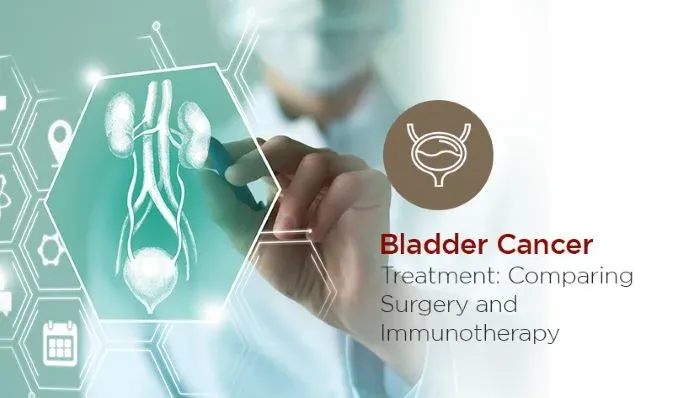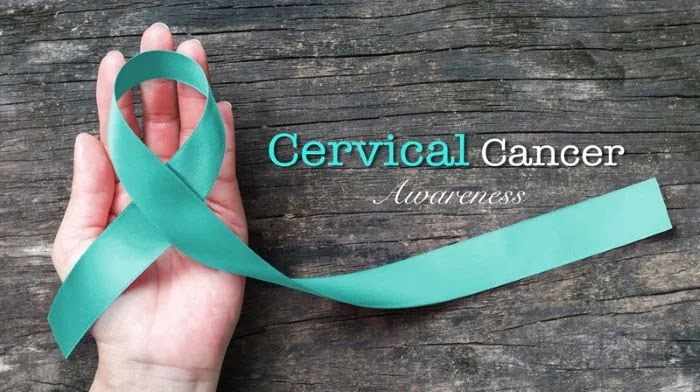Understanding Bladder Cancer: Causes, Symptoms, Diagnosis, and Treatment
Understanding Bladder Cancer: Causes, Symptoms, Diagnosis, and Treatment
Bladder cancer is a serious medical condition that affects thousands of individuals worldwide. Understanding its causes, symptoms, diagnosis, and treatment options is crucial for early detection and effective management.
Introduction to Bladder Cancer
Bladder cancer is a type of cancer that begins in the cells of the bladder. The bladder is a hollow organ located in the pelvis, responsible for storing urine before it is eliminated from the body. When cancerous cells develop in the bladder lining, it can lead to the formation of tumors and potentially spread to other parts of the body if left untreated.
Early detection of bladder cancer is essential for successful treatment outcomes. Like other forms of cancer, prompt intervention can significantly improve prognosis and quality of life.
Types of Bladder Cancer
Bladder cancer can be classified into several types, including transitional cell carcinoma, squamous cell carcinoma, and adenocarcinoma. Transitional cell carcinoma is the most common type, originating in the cells lining the bladder.
Squamous cell carcinoma develops in the thin, flat cells that may form in the bladder after chronic irritation or inflammation. Adenocarcinoma, although less common, begins in the glandular cells of the bladder.
Causes and Risk Factors
Several factors may increase the risk of developing bladder cancer. Smoking is one of the primary risk factors, with smokers being at least three times more likely to develop bladder cancer than nonsmokers.
Exposure to certain chemicals and substances, such as arsenic and industrial chemicals used in dye production, may also contribute to the development of bladder cancer. Additionally, age, gender, and chronic bladder inflammation are associated with an increased risk of this condition.
Symptoms and Signs
The symptoms of bladder cancer may vary depending on the stage and severity of the disease. Common signs include blood in the urine, frequent urination, painful urination, and pelvic or back pain. However, it's important to note that these symptoms can also be caused by other conditions, so proper diagnosis is crucial.
Diagnostic Procedures
Diagnosing bladder cancer typically involves a combination of urine tests, imaging tests such as CT scans or MRIs, and cystoscopy, which allows the doctor to examine the inside of the bladder using a thin, flexible tube equipped with a camera.
Treatment Options
Treatment for bladder cancer depends on various factors, including the type and stage of the cancer, as well as the patient's overall health and preferences. Common treatment options include surgery to remove cancerous tissue, chemotherapy, immunotherapy, and radiation therapy.
Prognosis and Survival Rates
The prognosis for bladder cancer patients depends on several factors, including the stage of the cancer at diagnosis, the patient's overall health, and their response to treatment. Generally, earlier detection and intervention lead to better outcomes.
Prevention Strategies
While it may not be possible to prevent bladder cancer entirely, certain lifestyle modifications can help reduce the risk. These include quitting smoking, limiting exposure to harmful chemicals, maintaining a healthy diet and weight, and staying hydrated by drinking plenty of water.
Support and Resources
Living with bladder cancer can be challenging, but there are numerous support groups, counseling services, and online forums available to provide assistance and emotional support to patients and their families.
Living with Bladder Cancer
Adjusting to life with bladder cancer may require lifestyle modifications and coping strategies. Patients need to prioritize their physical and emotional well-being and seek support when needed.
Research and Innovations
Ongoing research and clinical trials are continually exploring new treatment options and innovations in the field of bladder cancer. Participating in clinical trials can provide patients with access to cutting-edge treatments and therapies.
Awareness Campaigns
Raising awareness about bladder cancer is crucial for early detection and improved outcomes. Participating in awareness campaigns and fundraising events can help educate the public about the risk factors, symptoms, and treatment options associated with this disease.
Bladder Cancer in the Elderly
Bladder cancer can present unique challenges in older adults, including difficulties in diagnosis and treatment. Healthcare providers should consider age-specific factors when managing bladder cancer in elderly patients.
Bladder Cancer in Women
While bladder cancer is more common in men, women can also develop this condition. Women may experience unique symptoms and risk factors, and the impact of bladder cancer on reproductive health should be carefully considered.
Bladder cancer is a significant health concern that requires prompt attention and comprehensive care. By understanding the causes, symptoms, diagnosis, and treatment options associated with bladder cancer, individuals can take proactive steps to protect their health and well-being.
FAQs
Q: What are the common symptoms of bladder cancer?
A: Common symptoms include blood in the urine, frequent urination, painful urination, and pelvic or back pain.
Q: What are the risk factors for developing bladder cancer?
A: Risk factors include smoking, exposure to certain chemicals, age, gender, and chronic bladder inflammation.
Q: How is bladder cancer diagnosed?
A: Diagnosis typically involves urine tests, imaging tests such as CT scans or MRIs, and cystoscopy.
Q: What treatment options are available for bladder cancer?
A: Treatment options include surgery, chemotherapy, immunotherapy, and radiation therapy.
Q: Is bladder cancer preventable?
A: While it may not be entirely preventable, lifestyle modifications such as quitting smoking and maintaining a healthy diet can help reduce the risk.






Comments
Post a Comment